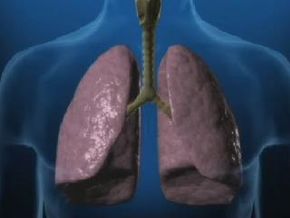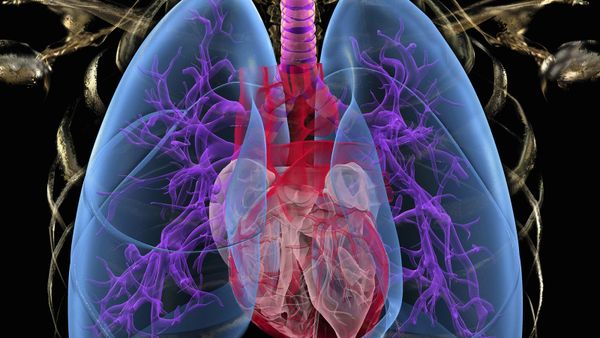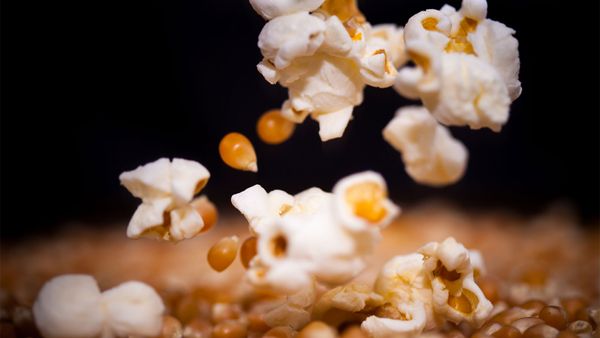The respiratory system is the group of tissues and organs in your body that enable you to breathe. This system includes your airways, your lungs, and the blood vessels and muscles attached to them that work together so you can breathe.
Airways are the pipes that carry air filled with oxygen into your lungs and carbon dioxide (a waste gas) out of them. The airways are made up of your nose and nasal cavities, your mouth, voice box (larynx), trachea (windpipe) and bronchial tubes.
Advertisement
Your nose and mouth wet and warm the air when they inhale it so it won't irritate your lungs. The air travels through your voice box, down your windpipe and then though two bronchii into your lungs. Cilia (tiny mucous-covered hairs) in your airways trap foreign particles and germs to filter the air that you breathe. You then cough or sneeze the particles out of your body.
Your lungs, and the blood vessels linked to them, deliver oxygen to all parts of your body when you inhale, and remove carbon dioxide from your body when you exhale. Your lungs, which fill your chest cavity, or thorax, are on either side of your breastbone. The bronchial tubes or bronchii, which are inside your lungs, end in alveoli, bunches of tiny air sacs covered in a mesh of blood vessels that connect to the veins and arteries that carry your blood throughout your body.
The muscles around the lungs help your lungs expand and contract so you can breathe. These muscles include the diaphragm and intercostal, abdominal and neck muscles. The muscles in your neck and around your collarbone are generally used to help you breathe when the function of the other muscles is impaired for some reason.
Advertisement


